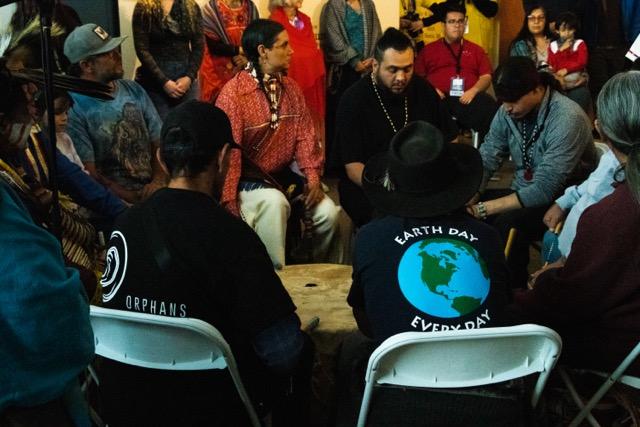
For college students, binge drinking has become a ritual often seen as a prominent part of a higher-education experience.
Abusive and underage college drinking have become significant issues throughout many campuses across the United States. While the issue is not necessarily the drinking itself, negative consequences can result from excessive drinking.
The modern culture of college students is geared toward intoxication. Trends like Thirsty Thursday, flip cup, keg stands and themed parties show that students don’t need a reason to celebrate. Many will find any motive to throw a party every night of the week.
The most problematic aspect of college drinking is the binge drinking phenomenon where students drink for the sole purpose of getting wasted.
According to the Center for Disease Control and Prevention, “college students who binge drink are 14 times more likely to drive impaired than those who do not. Of this group, about 50 percent drove drunk after consuming seven or more drinks and 25 percent after 10 or more drinks.”
Many students may come to college already having experience with alcohol, but there are many aspects of college life that can intensify the problem.
“Binge drinking comes from the newly found freedoms away from parents and structure,” said Morgan Wilkening, a junior volleyball player at Colorado State University-Pueblo.
Along with newfound freedoms, there are other influences like unstructured time, widespread availability of alcohol and inconsistent law enforcement that allow the college drinking culture to become problematic.
Kevin Megyeri, a baseball player at CSU-Pueblo, said, “Binge drinking in college seems to have come from generations of gradually getting drunker. Every day the limits are pushed and thus the limit is far beyond what it used to be.”
More than 65 percent of abusive drinking in college is associated with athletics and Greek life.
“I believe fraternities, sororities and sport teams drink more than the usual students. I believe it’s used to bond with your brothers and teammates while also blowing off steam that is associated with the sports and frats,” Megyeri said.
Wilkening said some athletes use alcohol as a tool for becoming familiar with each other.
“Newly formed members or teammates get to know each other with the help of liquor,” she said.
However, these tools have consequences. Some of the most common repercussions include sexual abuse, death, injury, assault, academic problems, driving under the influence and unsafe sex.
“I’ve seen many negative things that come from drinking,” said Claudia Recklefs, a senior mass communications major.
She said this includes “having friends almost die from alcohol poisoning, friends getting DUIs, friends getting in fights and just looking stupid.”
Research by the National Institute on Alcohol Abuse and Alcoholism suggests an estimated 1,825 students between the ages of 18 and 24 unintentionally die from alcohol-related injuries.
More than 100,000 students between the ages of 18 and 24 have reported being too intoxicated to know if they consented to having sex, it said.
Regardless of the consequences, students continue to drink.
College students “love drinking so much because it helps them be someone else or make the decisions they’ve never had enough courage to. It’s definitely liquid courage,” Wilkening said.
Megyeri also said students act differently in social settings because of alcohol.
“We are social animals and alcohol helps people break out of their shell. A lot of social interactions come with use of alcohol,” he said.
CSU-Pueblo offers alcohol resources in an effort to provide a safe and healthy environment for its students. Interim AOD Prevention Coordinator Quatisha “Q” Franklin can be reached at 719-549-2121 to discuss problems with abusive alcohol consumption.









